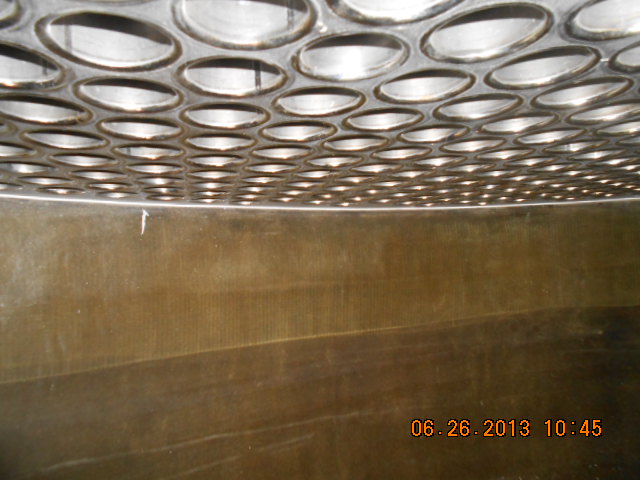Regularly, I am asked, “We have some FRP tanks, do they need to be inspected?” or “How often do I need to inspect my FRP tanks?” In a plant, all equipment needs a maintenance assessment program. FRP equipment is not any different. Considering that many FRP tanks and process vessels typically handle hazardous fluids, such as acids, caustic, bleach and oxidizers, it is easy to make the case that the severe and demanding services where FRP tanks are used, justifies a regular inspection program to assure plant safety. Decades of success with FRP in chemical service has built a lot of confidence in FRP with plant operators, although “Trust, but Verify” applies for FRP as well.
I was in a chemical plant a few weeks ago to meet with plant process engineers and to discuss a few FRP concerns. We looked at a variety of tanks and piping. A couple of the tanks were HCl storage tanks. I looked at the name plate, both tanks were installed in 1987. I was amazed that the tanks had been in service for 30 years. That’s a very long service life and still going. After some more conversation, it was agreed to initiate an inspection program for these and other FRP tanks. We just inspected the first tanks last week.
Today, plants have two significant priorities, plant safety and plant performance. Many of these FRP tanks are storing hazardous chemicals, which must be properly managed to minimize risks to plant personnel and the surrounding community. At the same time, the pressures on plant performance and production optimization are at an all-time high. Given these pressures, plant operators need to maintain the pulse of operations to be successful. A maintenance assessment program helps to achieve that clarity of continued operating condition.
For FRP tanks, that begins with developing a record of all of the FRP equipment in the plant. This is best done in a spreadsheet, identifying operating conditions, chemical contents, concentration, year of installation, type of resin, construction and manufacturer, if possible. If there are records of previous inspections, it is helpful to include those documents or at least a summary of findings. Based on these factors, the frequency of inspection can be determined as well as other significant questions. With this information, tanks can be maintained in safe operating condition, costly unplanned outages can be eliminated and plant operators can make informed decisions on operational concerns.
As mentioned above, there are some great success stories for FRP in chemical service. In today’s environment, one can no longer afford to assume….and more documentation is required. We highly recommend that Plant Operators have a Maintenance Assessment Program for their FRP equipment, similar to what they have in place for their metal tanks. If you have any questions on developing your FRP Maintenance Assessment program, fee free to give us a call to discuss.
Check out our website at www.maverickappliedscience.com for past blogs and keep an eye open for our next Webcast from our 2017 Plant Engineer’s FRP Forum.


Recent Comments